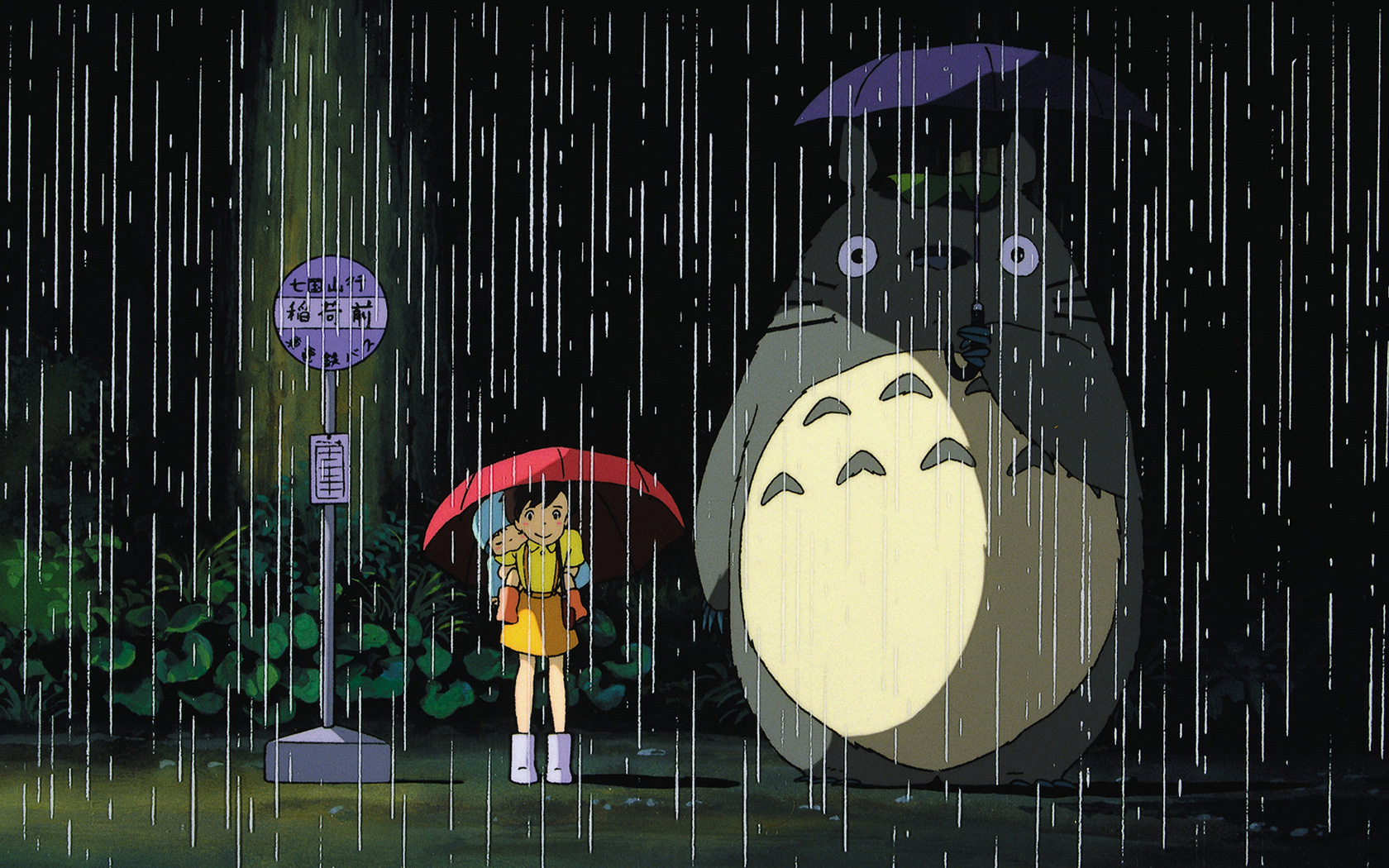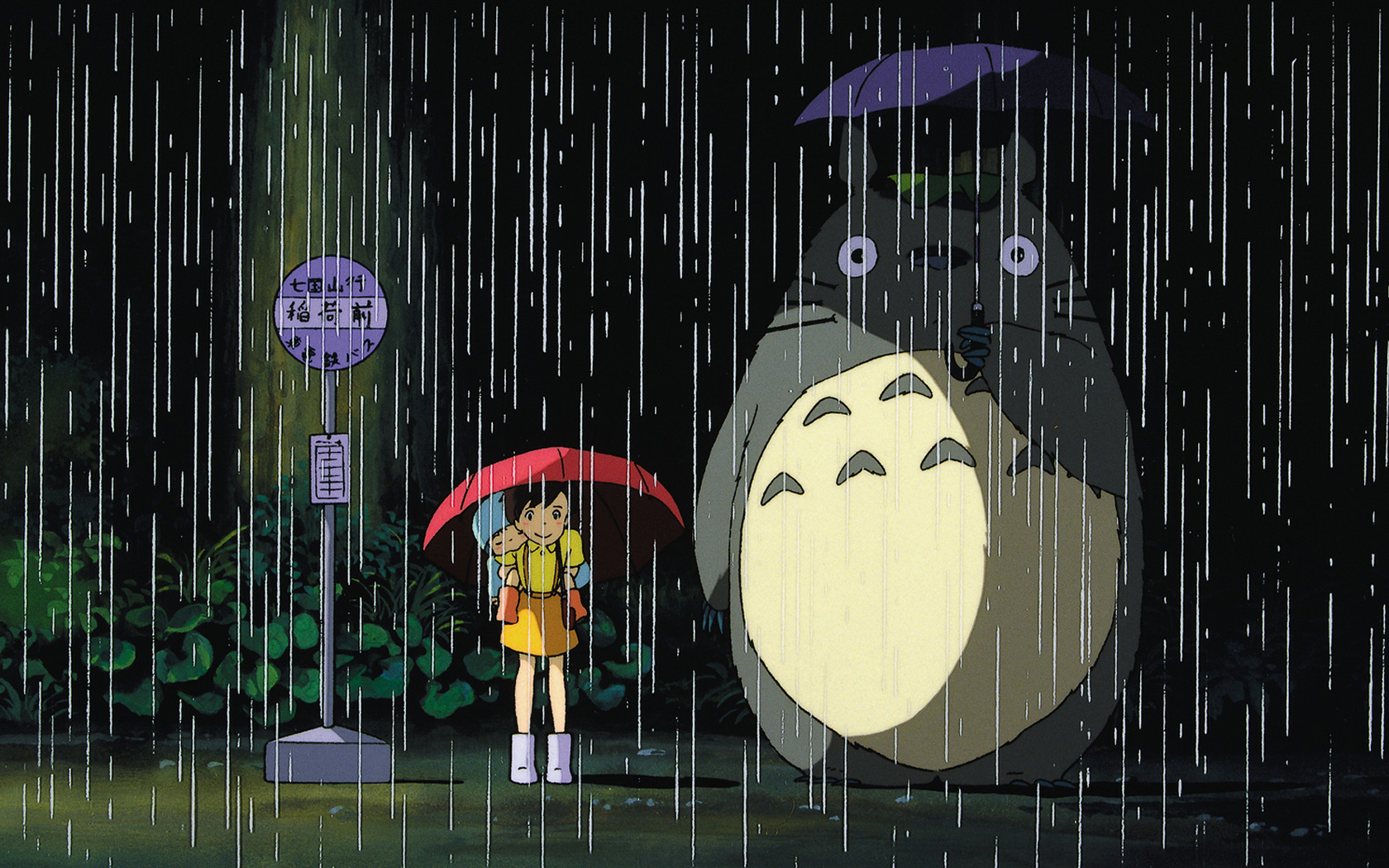If you are into animated movies, the chances are that you must have watched at least one of Hayao Miyazaki’s works. One of the founders of Japan’s Studio Ghibli, Miyazaki has done for animated movies, or rather anime, what the Wright brothers did for aviation. To say that he and fellow collaborator, Isao Takahata, were pioneers in a field already saturated with talent, would be downplaying their roles in the industry.


Both Takahata and Miyazaki brought realism in their films unlike anyone previously. While Takahata delved on the more humane aspects of life, Miyazaki blended fantasy and folklore together to script modern fables. I could do an entire piece on the comparative analysis between the two filmmakers. Instead, I want to focus on one crucial aspect of Miyazaki’s projects that define them from the rest of the animated world – the art of painting childhood, the innocence of it, into his movies.
Reflection Of The Times
Miyazaki’s movies provide an ode to our childhood like none other. You can argue that most Pixar movies like Up, Ratatouille and the Toy Story series invoke emotions from when we were kids too. They do it by giving life and a voice to dogs, rats, toys and more recently emotions. However, Miyazaki does this is a way that is never on your face. He does not spoon feed the audience information like most Disney movies have done.
Inscribing fantasy into a narrative or personifying lifeless real-world objects in a film are nothing new. Walt Disney brought a mouse to life and made him drive a boat in Steamboat Willie back in 1928. Bambie did the same with personification in the early 1940s. Both movies were symbolic of their times – Mickey Mouse represented the growing positive creativity in America when the country made strides as the next superpower after the first world war. Bambie was born out of darker times, as the second world war fueled scepticism and grim that was reflected on screen.

Miyazaki’s movies are traditionally never based or derived from the real world, yet is as real as you choose to believe. You are willingly suspending your disbelief while watching them. Disney’s characters interact with a real world and live in them. Miyazaki’s live in the real world but interact with a fantasy one. That is synonymous with childhood, a time when we grew up with real things, yet the imaginary realms were the ones that we were drawn to. That is the reason we huddled around our grandparents and parents when they told us stories. That is the time we gobbled up those tales of adventure and dreamt of having our own someday. Miyazaki strikes the right notes with that part of our lives, questioning us what was more real – the world we live in today or the one we created in our heads while we grew up.
Adult Children
Right from Nausicaa, Laputa and My Neighbor Totoro, Miyazaki time and again show children taking the onus of doing things adults would do. This is true in the case of a young teenage princess saving her village in a post-apocalyptic world, in the last survivor of an ancient world saving it from falling into the wrong hands and in the eyes of two sisters faced with a prospect that they may become orphans.

These situations are tests we would hardly see here in India or the Western world (yes Up does touch that premise a little, but the adult is always there). We have become parents who cannot fathom leaving kids alone even for a minute. That is religiously absent in Japanese culture, where Miyazaki grew up. Japanese kids are often seen travelling to school by themselves, taking part in school activities like cleaning and sweeping or even go shopping on their way back home – things traditionally reserved for adults in other societies.

These actions are normal in Japan, and hence, are normal in Miyazaki’s movies. Children grow up too fast, but never lose the child in them. This value is reflected in the movies. Nausicaa relies on her mentor to tell her stories of the forest, but she goes exploring it herself. Pazu in Laputa is a kid who dreams of seeing this magical castle his father told him about, but he is building his own plane to set off on that adventure. Totoro is first introduced in the movie not through a child’s eyes, but via an old lady’s folktale. Spirited Away is full of such references throughout as well and it is an incident from the main character’s infancy that is eventually the climax of the film.
Not Losing The Kid In Us
All of Miyazaki’s movies, even the recent ones, speak to us about our hopes and ambitions from when we were kids, from when we thought anything was possible. He shows his protagonists evolving and learning in his movies, but they never lose their core value as kids. In fact, most of the troubles happen when they stop trying to be kids and behave more like grown-ups.

It is then Miyazaki has his famous long scenes of transitions – I like to call them movie capsules. These scenes don’t add much to the storyline and behave almost independent of the movie. Think about when Nausicaa discovers the hidden underground forest, or when Ashitaka learns about the spirit of the forest in Princess Mononoke, the umbrella scene in My Neighbor Totoro and the train scene in Spirited Away. They all have little to no dialogue, yet they carry the emotional weight of the story, with an interlude of beautiful background music courtesy Joe Hisaishi. (Spirited Away also got Miyazaki his first and only Oscar so far – the only hand-drawn animated movie to ever win.)

These scenes are those moments from our childhood when we used to sit quietly and observe everything around us, awed by the situation we were in. These were things like looking out of an aeroplane or train window, watching the paper boats sail away in a storm drain or the quiet, tired satisfied feeling we have after a game, sharing a packet of chips with your best friend. We seemed to have lost those moments of absolute stillness in our adult lives. Unlike Miyazaki’s movies, we don’t have friendly forest spirits to come and break the tension. We need to solve our problems ourselves and we end up struggling.
Miyazaki calls us to relive those childlike moments again, do crazy things that make us happy, release the tension and live life as it was meant to be. Both Japan and India have some of the most hostile work environments, with lengthy hours, a lot of pressure and even decreasing work satisfaction. Maybe if we took out individual moments of reflection and did anything to become a child again, it could help refocus and help us do even better.

The next time you watch Miyazaki’s movies notice the way the character arcs stretch and you’ll see what I mean. Most of all do not forget to see past the beautiful animation and search their true meaning and let me know if you feel the same way.
